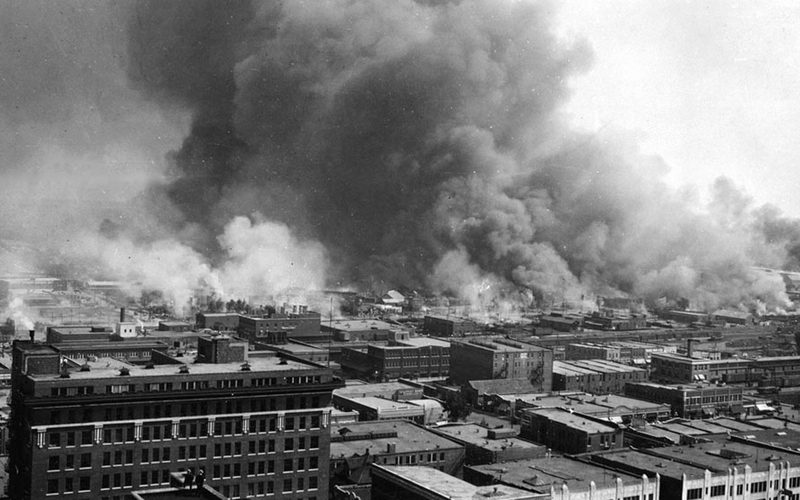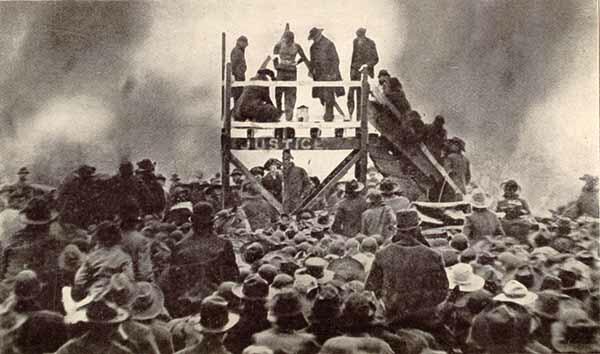Bring Out The Warrior Within
There was once a king that believed his kingdom could be on the decline as a result of the attitude of his people. To prove his theory that his people had lost inspiration, a king had a giant boulder placed on the only road into his city. Then, hidden and perched on a hill, he waited to see what would happen. First, some merchants came upon the rock and said, “Well, this boulder is blocking our path. Let’s turn around and go home. No work today!” And they turned around and left. Next a group of soldiers came upon the boulder. “This rock is blocking our path,” they said. “I guess no one will need our services today”, and they turned around and went home as well. The king watched person after person continue to come upon the rock, see it as an impasse or excuse and turn and go home. That was, until an old man came upon the rock. Instead of becoming discouraged like the others, he got excited by the presence of such a challenge. He first examined the huge boulder and tried to push it with all his might. He realized this would not work and began to think of other solutions. Then the quote from ancient mathematician Archimedes popped into his head, “If you give me a large enough lever and a fulcrum on which to place it, I shall move the world.” The old man was instantly inspired, and found a long wooden pole. He placed the pole under the boulder and using leverage, moved the boulder slightly. He repeated this process until the boulder was completely off the road.With his challenge finished, the inspired man was about to set off down the previously blocked path toward the city, but he noticed a bag lying where the boulder once stood. He looked around, picked up the bag and found inside a large amount of gold and a note. He carefully opened the note and read, “This gold is for you, since you know that great obstacles can lead to bigger opportunities.” The king, happy with the actions of this man, left his hiding place and went back to his castle with hope for his people.
Like many Zen stories, at first, this may not to make sense, but upon deeper reflection it should start to be crystal clear. The previous story was used to remind you that taking the “easy way” is not always the best way. Oftentimes our own areas of weakness are not obstacles, but our biggest opportunities to learn and develop ourselves. You see, all too often we wish that our lives were easier. We dream of hitting the lottery, getting more to do less, or that somehow we can live a life without trouble. I am here to tell you that it is actually the difficulty of life that makes life great! Without the challenges, obstacles, troubles, tragedies, failures, mistakes, problems, dilemmas, conundrums, and even catastrophes, our lives would be less, not more. Once you come to understand this, you realize that the obstacle is the path.
I know what you might be thinking. You might believe that with less problems your life would be easier. Easier? Perhaps. Better? No. I believe that in most cases in life, people don’t really want easier, they want better. They want to have more. As I have stated over and over to the athletes with which I work, “If you want to have more you have to become more!” The only way to get there is by overcoming the obstacles that will be in your way. There is nothing more famous than the athlete that eventually sees an injury to overcome as a blessing or the person that was made stronger mentally by passing through tough times. Embracing this concept will give you the courage to move forward when turmoil inevitably knocks on your door.
The warrior challenge of the week is actually an obstacle in itself. This week’s challenge is to spend some time thinking about the biggest obstacle currently holding you back from what you want. Whether it is a skill you are missing at work, a percentage of body fat you want to reduce, or a relationship that you need to rekindle, you need to pick your main obstacle, attack it and pass it by. Once you have done this, pick out the next thing that stands in your way and attack again. I promise that if you keep this process up for the next year, the skills and traits you would develop would be amazing.
The key is identifying that obstacle and then having the courage to get on the path. The world and whatever you want from it can be yours as long as you are willing to go over, around, under or through enough obstacles. The key question is not what you really want, but how far are you willing to go to get there.
Source: http://www.trainingforwarriors.com/2013/03/the-obstacle-is-the-path-2/
The Obstacle is the Path
By Leo Babauta
Often we’re discouraged because of some tough challenge or obstacle in our way. But a shift in mindset from a Zen proverb can change everything: “The obstacle is the path.”
The obstacle isn't something standing in our way. It’s the way itself.
That might seem strange, so let’s look at a few examples:
You are struggling with writing, and procrastinate. Procrastination is the symptom, but it also illuminates the path you should take: you are dreading something about the writing, you are shying away from discomfort, you are afraid of the writing or what will happen when you publish the writing. So work with that dread, the discomfort, and the fear. You’ll be stronger for having done that.
You are shy and can’t meet people. This can be seen as an obstacle to social happiness, or as a path for something to work with. Many people will avoid this obstacle of shyness, and instead stay home and not socialize. Instead, go towards this shyness, explore it, find out what you’re afraid of, work with that fear. You’ll get better at handling the fear, even let go of it, and it will no longer stand in your way.
You are stressed out and overwhelmed at work. You can complain about this problem (and it will then continue for the rest of your life), or you can immerse yourself in it, let it lead you to self-exploration, and deal with the source of that stress and overwhelm. You’ll learn that you have unrealistic expectations and ideals, learn to let go of them, and the stress will go away. You’ll now have a tool for dealing with stress for the rest of your life.
People criticize you for doing things different, and don’t understand what you’re doing. You can get mad at them, rage against the unfairness of the world, or avoid them. Or, instead, you could embrace this concern, thank them for caring about you, and engage them in a conversation about what you’re going through, why you decided to do it, and how you could use their support. They might not completely understand, but they also might understand you better, which is great. And you’ll now be better at dealing with this forevermore.
You are jealous, angry, weak, impatient, grieving. You can deal with any of these issues, if you are willing to go into them, and be OK with experiencing these discomforts.
The examples can go on forever, but the principle becomes clear: when there’s an obstacle, don’t go around it. Don’t run from it. Go into it. Work with it. Explore it. Learn how to be with it and deal with it, and you’ll have a skill for life.
And what’s more: you will no longer be limited by obstacles in your path.




